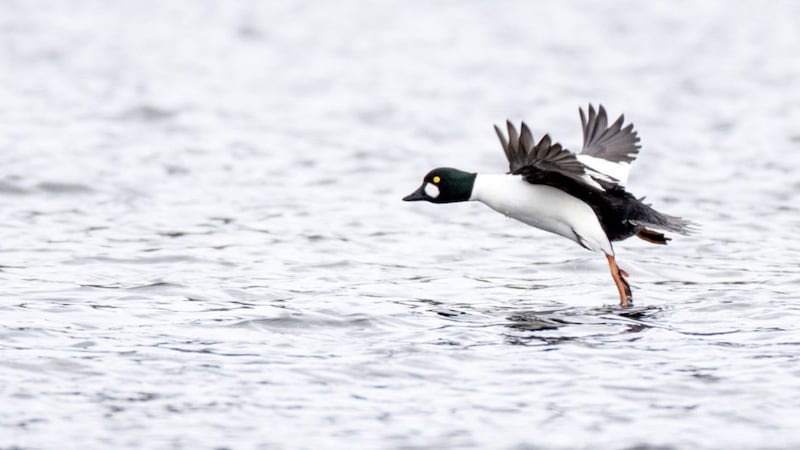WITH the golden gown of the mighty beech almost gone and the rush of arctic air last weekend, the transition from autumn to winter is nearly complete. This is as it should be, having just passed All Hallows’ Eve, known to our ancestors as the festival of Samhain, summer’s end, that time of year when they gave thanks to the Gods for the harvest and made preparations for the winter ahead.
Celebrations took place with feasting, fires and other macabre pageantry. The druids suspended the normal order of the world, allowing the spirits of past to return briefly before the dark days of winter set in.
Although the festival has been Christianised with the Feast of All Saints and All Souls’ Day celebrated on November 1 and 2 respectively, many of the old Celtic traditions persist, with Halloween night itself referred to as ‘Oidhe na hAimleise’, Irish for ‘night of mischief’. Our forebears understood well the cycles of the natural world and what the changing seasons brought.
Now as then, the winter season brings a certain ‘suaimhneas’ to our natural world where many plants and animals retreat into a restful, torpid state until the year turns towards the warming sun of spring.
There is still, however, much to enjoy in the coming weeks and months as tens of thousands of wildfowl and waders arrive in Ireland from their breeding haunts of northern Europe to feed in the loughs, fields and tidal mudflats along our coasts.
Many of these birds help brighten up dark days with a combination of vibrant colours and evocative calls. The Common Goldeneye, a beautiful diving duck seen along the coasts, reservoirs and lakes of Britain and Ireland in winter, is one of those, a bird I saw recently on the calm waters of Lower Lough Erne with the bright golden-yellow eyes which give it its name.
Bucephala clangula, also known as the ‘whistler’ because its rapid wingbeats make a distinctive loud whistling sound when flying off quickly, is a shy bird easily disturbed by people in boats or on the shore. Large numbers arrive here from Scandinavia and significant numbers can be seen at Lough Neagh, where one pair remained all year to breed in 2000, the first breeding record in Ireland. Smaller flocks can be seen on Belfast and Strangford Loughs.
Mine was a solitary male, whose glossy-green black head, striking white face patches and tiger-black back markings were sharp and clear under a late autumn sun. Both birds have white underparts, but the female sports a chestnut-brown head and grey back with a small yellow tip to its dark bill.
The scientific name of the Goldeneye, Bucephala, from the Greek boukephalos means 'ox or bull-headed' referring to its unusually large and rounded head shape, while clangula refers to the whistling sound of the bird’s wing beats.
Goldeneyes are excellent divers and swimmers, spending much of their time in the water foraging for food from either the water surface or deeper, often known to hunt at depths of up to four meters. Their diet includes a wide variety of food, from mussels found by turning over stones under the water, to large numbers of aquatic invertebrates, insects, small fish and plants.
A striking bird and a reminder that even dark winter days can yield moments of brightness and joy.
So, during the winter months take time to scan our many waterways and perhaps heed the words of poet Will Harvey, 'From troubles of the world/ I turn to ducks, Beautiful comical things, Sailor-like on the shores' (Ducks 1919).








